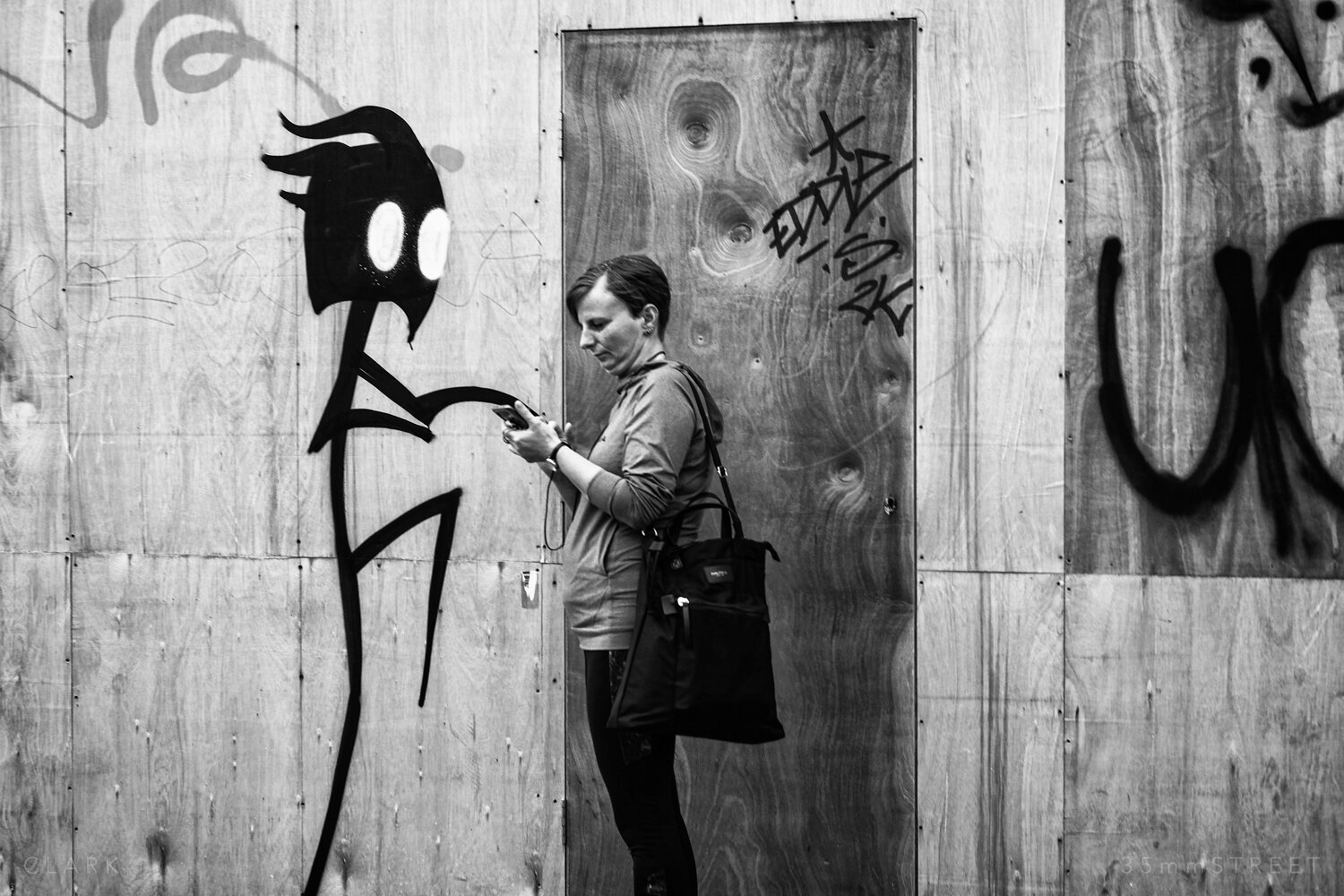Not known Details About Street Photographers
Not known Details About Street Photographers
Blog Article
All About Street Photographers
Table of ContentsThe Best Strategy To Use For Street PhotographersSome Known Factual Statements About Street Photographers Top Guidelines Of Street PhotographersMore About Street PhotographersHow Street Photographers can Save You Time, Stress, and Money.
Road photographers do not necessarily have a social objective in mind, yet they choose to separate and capture moments which may or else go unnoticed.Though he was affected by much of those who affected the road photographers of the 1950s and '60s, he was not chiefly interested in capturing the spirit of the road. The impulse to aesthetically record people in public started with 19th-century painters such as Edgar Degas, douard Manet, and Henri de Toulouse-Lautrec, that functioned side by side with professional photographers trying to capture the significance of urban life.
Unlike Atget, professional photographer Charles Marville was employed by the city of Paris to develop an encyclopaedic document of Haussmann's city planning project as it unravelled, thus old and new Paris. While the digital photographers' subject was essentially the very same, the outcomes were considerably different, demonstrating the influence of the digital photographer's intent on the character of the pictures he created.
Given the great top quality of his pictures and the breadth of material, architects and artists commonly purchased Atget's prints to utilize as reference for their very own work, though business rate of interests were hardly his primary motivation. Rather, he was driven to picture every last residue of the Paris he enjoyed. The mingled passion and seriousness of his objective sparkle through, resulting in photographs that tell his own experience of the city, high qualities that prepared for road digital photography of the 20th century.
The Only Guide for Street Photographers
They reveal the city through his eyes. His work and essential understanding of photography as an art kind worked as ideas to generations of photographers that complied with. The future generation of street digital photographers, though they likely did not refer to themselves therefore, was introduced by the photojournalism of Hungarian-born professional photographer Andr Kertsz.
Unlike his peers, Brassa utilized a larger-format Voigtlnder electronic camera with a much longer direct exposure time, compeling him to be more computed and thoughtful in his technique than he might have been if making use of a Leica. (It is believed that he might not have been able to manage a Leica at that time, but he did, nonetheless, utilize one go to website in the late 1950s to take colour photos.) Brassa's photos of the Paris abyss brightened by man-made light were a discovery, and the collection of the collection that he published, (1933 ), was a significant success.
Cartier-Bresson was a champ of the Leica electronic camera and among the initial photographers to maximize its capacities. The Leica permitted the photographer to communicate with the surroundings and to capture moments as they happened. Its fairly tiny size also helped the professional photographer discolor into the history, which was Cartier-Bresson's favored strategy.
The Single Strategy To Use For Street Photographers
It is as a result of this fundamental understanding of the art of image taking that he is often attributed with finding the tool all over again about a century given that its innovation. He took photos for even more than a half century and affected generations of digital photographers to trust their eye and instinct in the minute.
These are the concerns I will try to answer: And then I'll leave you with my own definition of road digital photography. Yes, we do. Let's kick off with defining what a meaning is: According to (Street Photographers) it is: "The act of specifying, or of making something precise, distinctive, or clear"
No, certainly not. The term is both limiting and misinforming. Seems like a road digital photography should be images of a roads ideal?! And all street photographers, besides a handful of absolute newbies, will totally value that a road is not the essential check my site element to road digital photography, and actually if it's an image of a road with perhaps a few dull individuals not doing anything of passion, that's not street photography that's a picture of a street.
The Greatest Guide To Street Photographers
He makes a valid point don't you assume? Nonetheless, while I concur with him I'm not certain "candid public digital photography" will certainly capture on (although I do sort of like the term "honest photography") because "street photography" has been around for a long recommended you read period of time, with lots of masters' names connected to it, so I believe the term is below to remain.
Inside?! I hear you scream as you drink your clenched fist to the sky. Why not? You can contend the beach, at an event, in an alley, in a park, in a piazza, in a coffee shop, at a museum or art gallery, in a metro terminal, at an event, on a bridge, under a bridge ...

Street Photographers for Dummies

Report this page